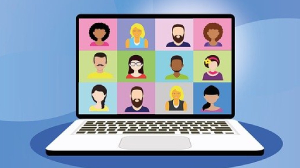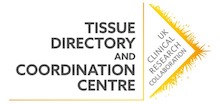Open Life Science
There is a lot of talk about being open in research nowadays: open access, transparency, FAIR principles… but what does it mean and how does it affect you? Emma Lawrence, Engagement Manager explains all in this blog.

The OLS Programme
Jessica Sims (TDCC Co-Director) and I have spent the last 3 months taking part in an Open Life Science (OLS) training programme. I wasn’t quite sure what to expect but I was excited to take part in some training and learn something new in lockdown. I felt like “open science” was a buzzword that I wanted to know more about. The course was structured with alternating webinar type calls and one-to-one mentoring. The calls were recorded so it was easy to catch up if we couldn’t make the live call - essential as our peers were joining from all over the world. I really valued both aspects of the programme as it was great to have a mentor to talk to about work and challenges.
What is Open Life Science?
Open Science practices include Open Access, Open Source and Citizen Science. It doesn’t just mean making your papers open access… although it covers this. It means welcoming a community into your project development at various stages. For example, getting PPI input at the very beginning, or making your code or protocols open source so others can make use of them. It also means making projects open by design and building in inclusive and community practices. This means thinking about the needs of others by removing barriers when designing a project, or adding different ways of accessing information. Although we already practise some of the aspects we covered, it was good to learn about how we could make them more intentional and do better. For example, we learnt about publishing codes of conduct so that everyone in a community knows what behaviours are and aren’t acceptable.
Some of the calls covered:
- Working with GitHub as a community hub: licensing, goals and roadmapping, contributors and codes of conduct.
- Developing Open Projects: iterative and agile project management, open source, software, hardware, data.
- Sharing Open Project: preprint publications, DOI and citation, open protocols, open education & training.
- FAIRification of existing projects.
What next?
There are a few things that I’ve really valued learning about. For example, it’s given us a better understanding of coding, and how you can share code. All the code for the UKCRC Tissue Directory is online on GitHub and available for others to make use of. It’s helped us think about community building more formally and we’re soon to publish a code of conduct for our Biobank Alliance.
Importantly, we’ve become ambassadors for the programme! If you’d like to take part, applications for next year's programme open in December. The programme was relevant to biobankers, who often work with others and build communities. Get in touch with us to find out more.
You can also watch all the sessions on the OLS YouTube channel.

